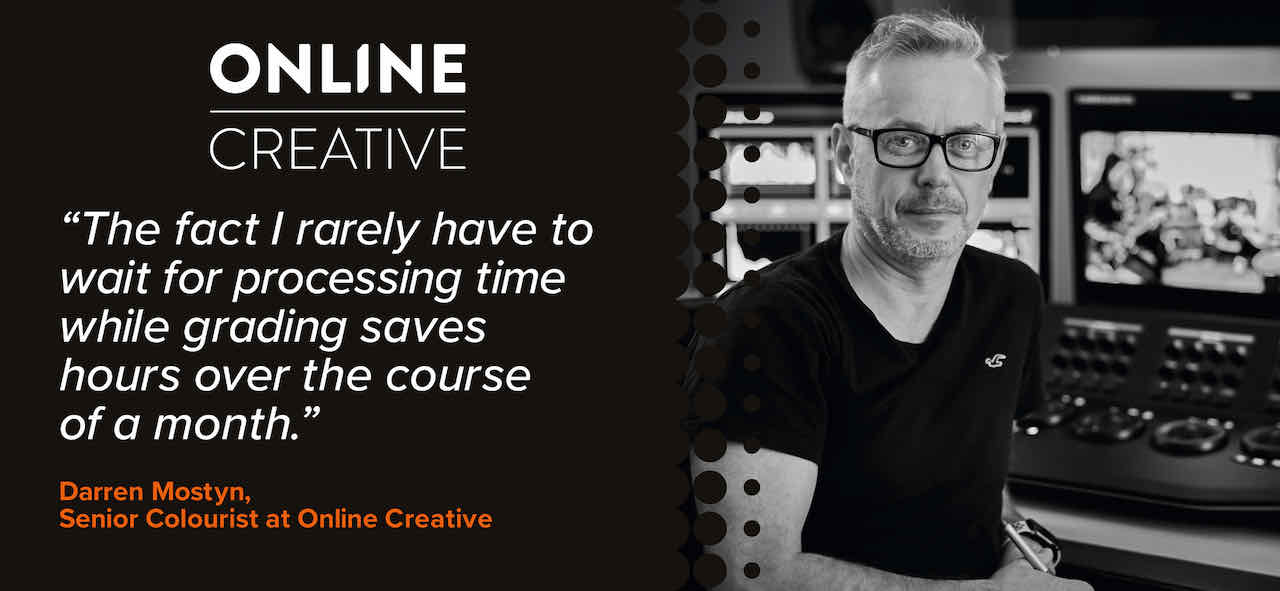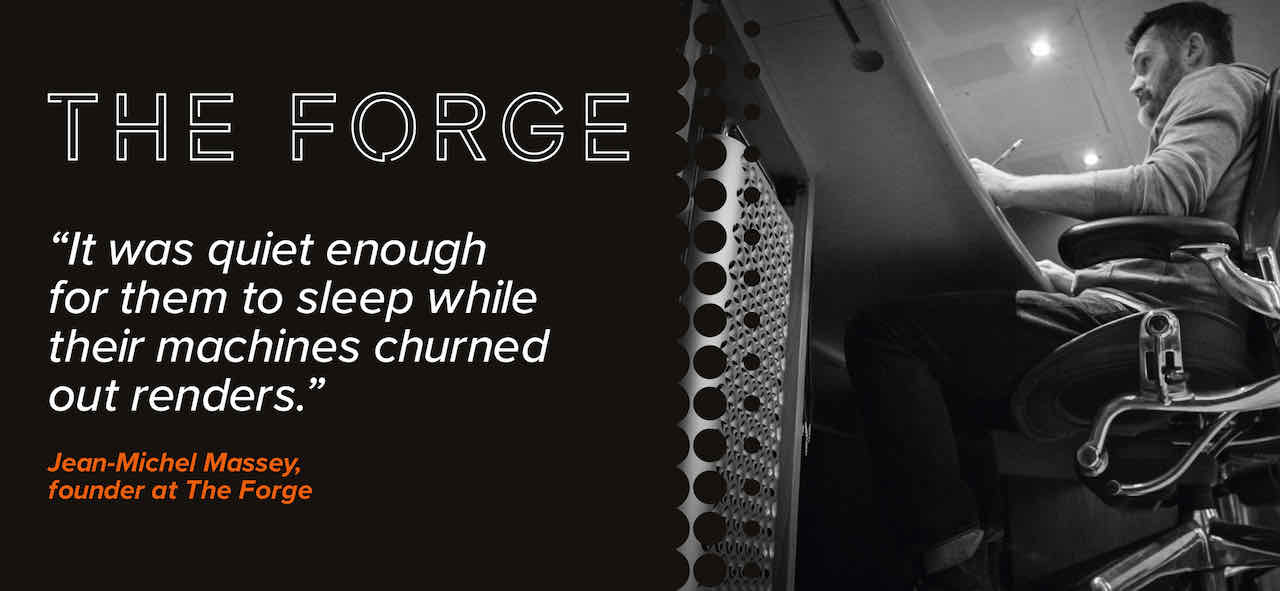Sponsored by Jigsaw 24
With the unveiling of the new Mac Pro in late 2019, Apple effectively re-entered the creative workstation conversation. Here was a machine that might just tempt back those who had moved to Windows systems in recent years. Now, 18 months on, what’s the real-world performance like?
By Mike Laskey June 09, 2021
Your workstations are more than just computers. They’re your main pieces of kit, your editors’ most valued creative assets –essentially, they’re your livelihood. Any upgrade is bound to be a big decision.
Switching back to Apple or using a Mac Pro for the first time might therefore seem like a risky proposition. Fortunately, the 2019 Mac Pro has been in the wild long enough to demonstrate its credibility as a workstation for production and post.

The ultimate power tool
First, let’s remind ourselves of what the new Mac Pro is capable of. You can go up to 28 cores –the most ever in a Mac – as well as 64 PCI Express lanes, six channels of super-fast ECC memory and up to 1.5TB of onboard storage.
Adding the Apple Afterburner hardware accelerator card can take things to another level: it can process up to 6.3 billion pixels per second and handle up to three streams of 8K ProRes RAW or 12 streams of 4K ProRes RAW, all while leaving your cores free for effects and processing.
But these are lab numbers, and the precise configuration you choose, the tasks your users complete and the environments they work in can affect how a setup might perform in the real world.
The real story
So forget the official specs. Just what can you really expect from Mac Pro? One way to judge is to hear the experiences of other leading creatives who’ve already made the move themselves.
Darren Mostyn was an early adopter. As Senior Colourist at Brighton’s Online Creative, he’s been using DaVinci Resolve on Mac Pros after the company refreshed its workstations to reflect the growing demand for grading in 4K. “It’s silent, and so much faster at rendering than our last model,” says Darren.
“We have to deliver long form broadcast documentary work with tight turnarounds, so the fact that I rarely have to wait for processing time while grading saves hours over the course of a month.”
John O’Riordan, Colourist at Punderson Gardens, is also a fan. “We regularly shoot and grade on film at 4K and 2K. The live playback and render speeds on the heavy de-noising required for these projects has improved enormously since we upgraded, making our work much easier and far more efficient.”
At London-based facility The Forge, meanwhile, the pandemic put Mac Pro to different kinds of tests, as founder Jean-Michel Massey explains. “When the lockdown forced staff to work from home, many set up their Mac Pro in their bedroom – it was quiet enough for them to sleep while their machines churned out the latest renders.”

A personal choice
We’ve heard nothing but positive things from those who have moved to Mac Pro. Whether it’s right for you depends, of course, on your unique circumstances.
That’s why we always recommend talking to an expert whenever possible. Our team can help you understand how Mac Pro will fit into your production and post workflows, and provide advice on what you can expect in programs like Adobe Premiere Pro, Avid Media Composer and DaVinci Resolve.
It could be a conversation worth having.
Want to know more or book a Mac Pro demo? Get in touch with the team on 03332 409 210, at broadcast@Jigsaw24.com
Jon Creamer
Share this story


















